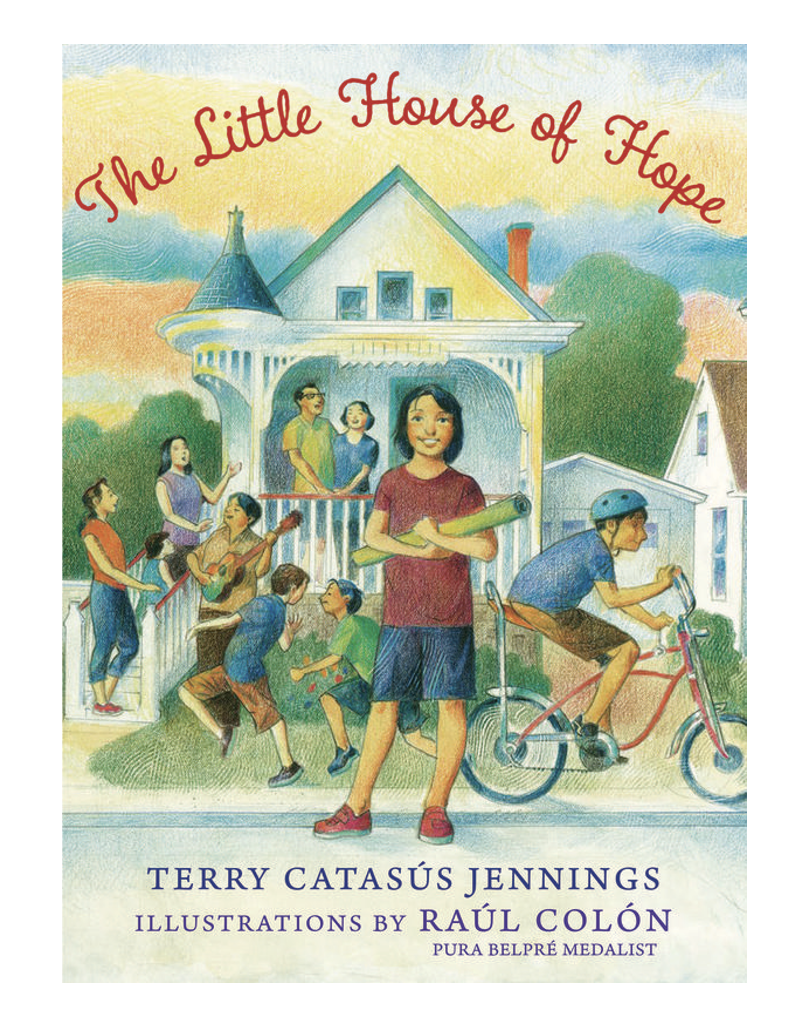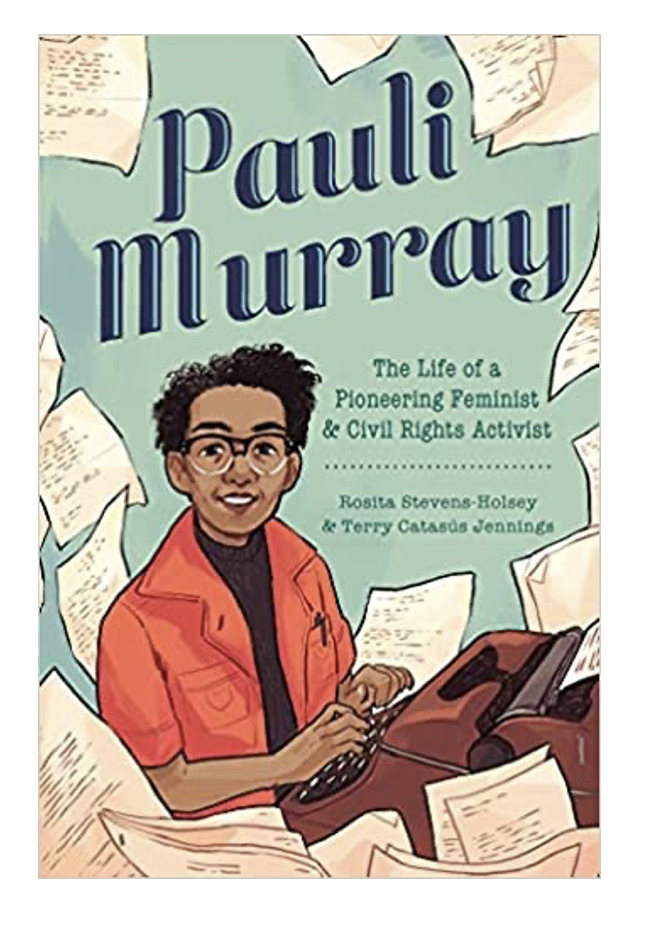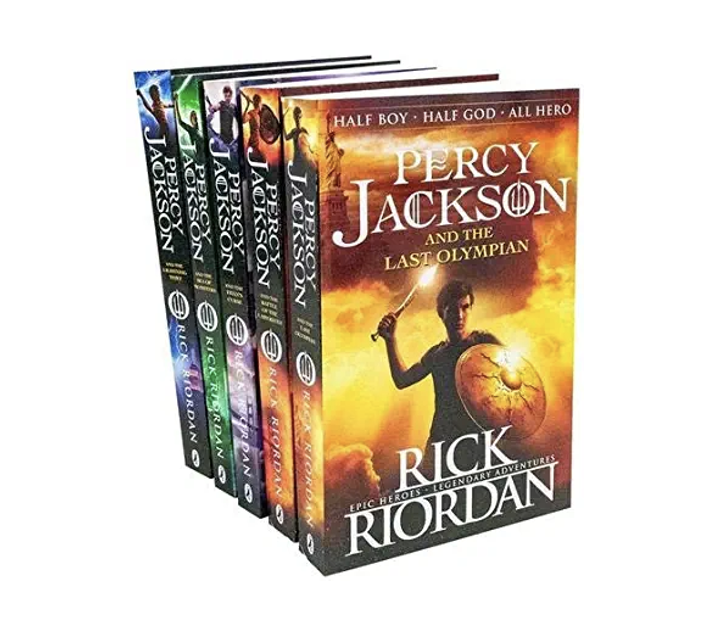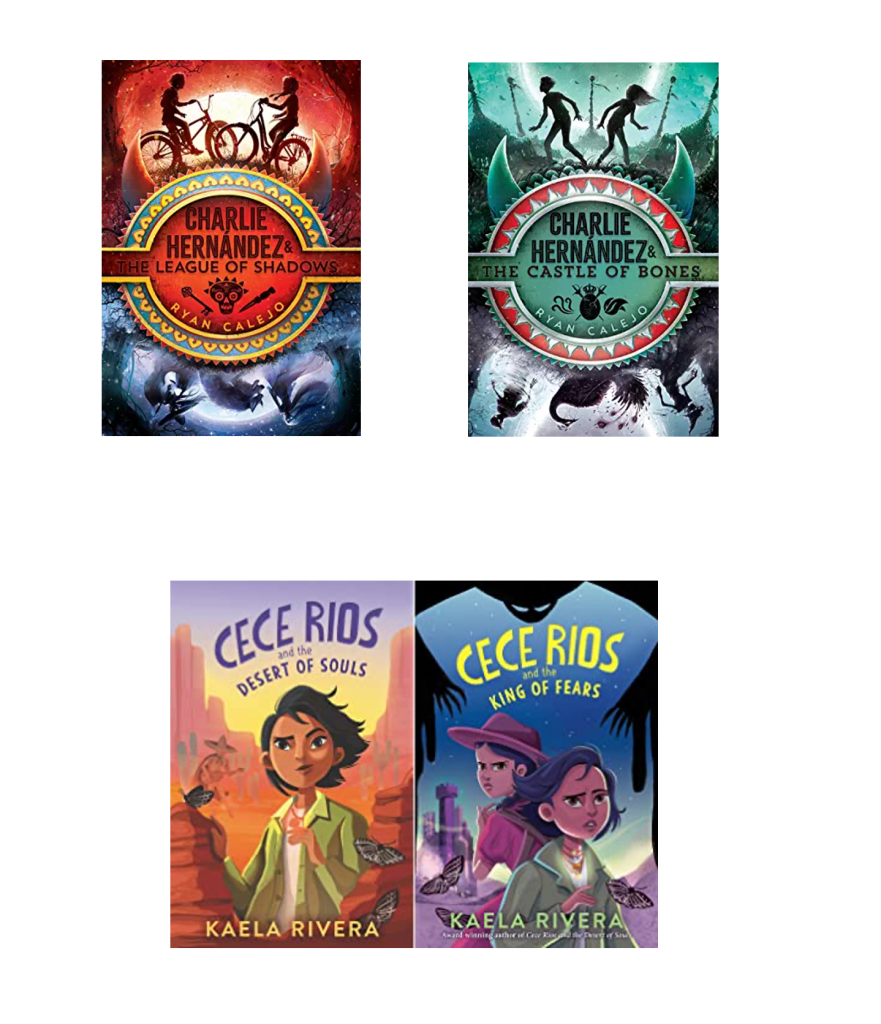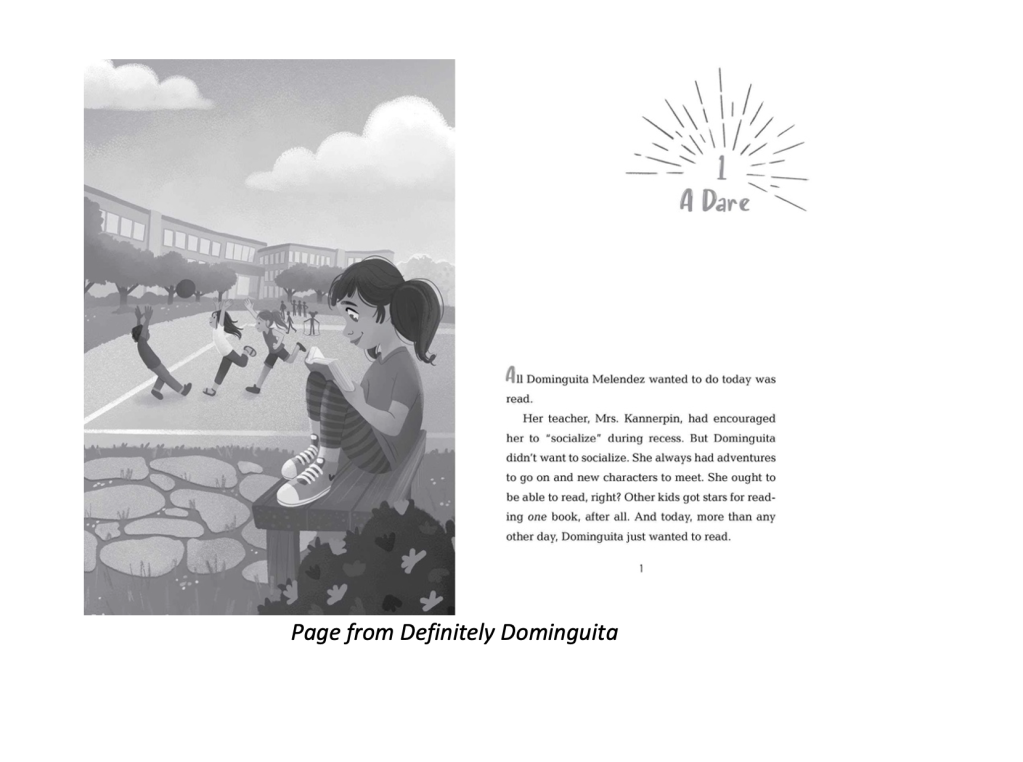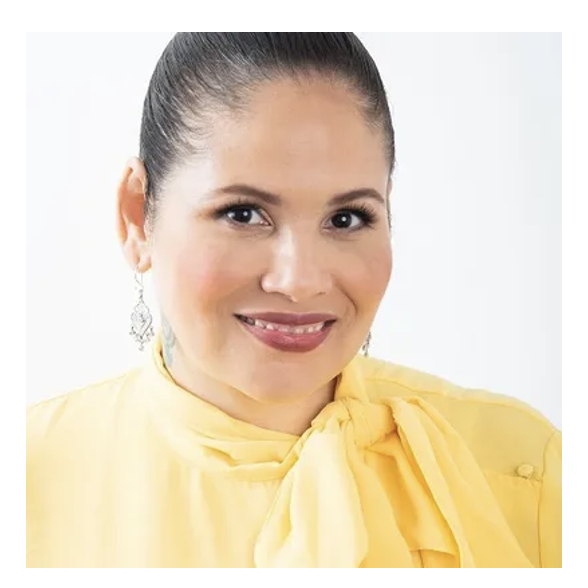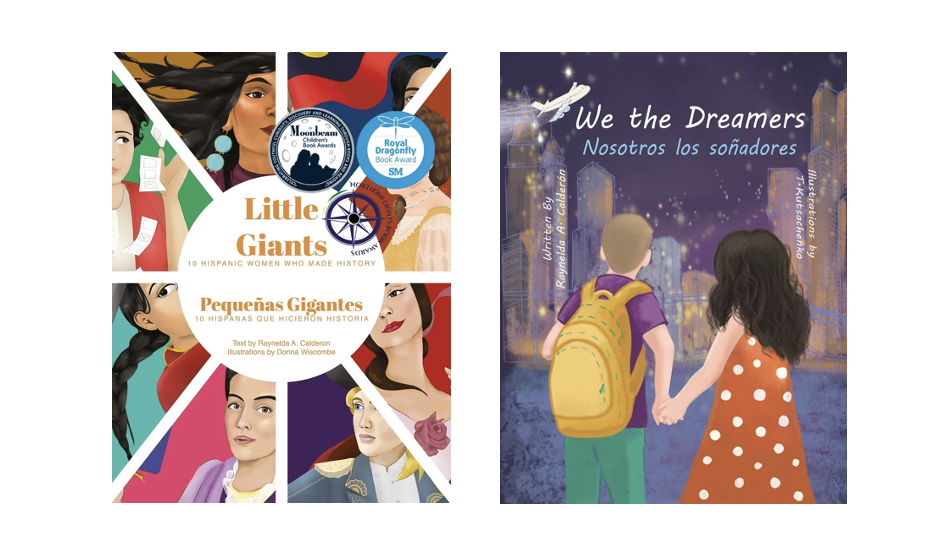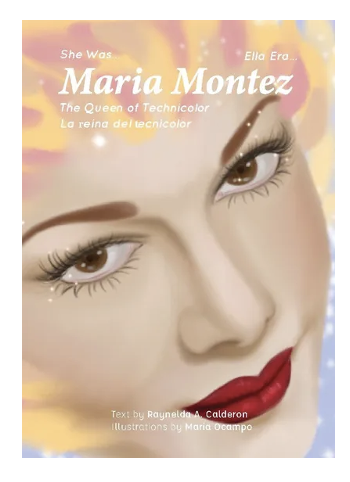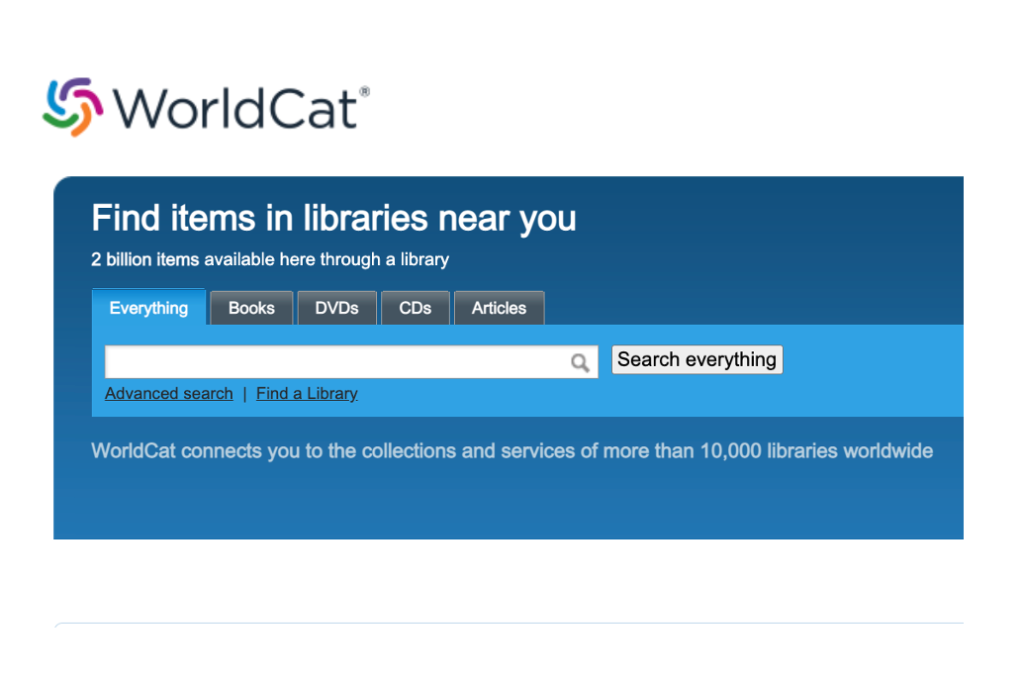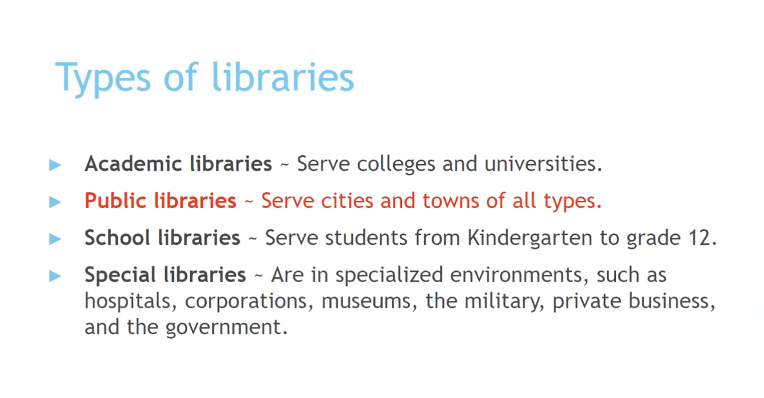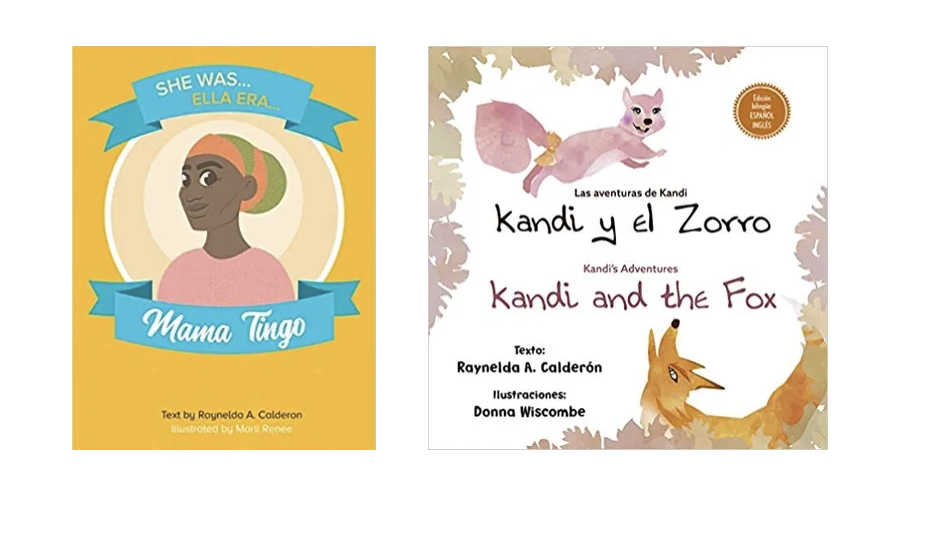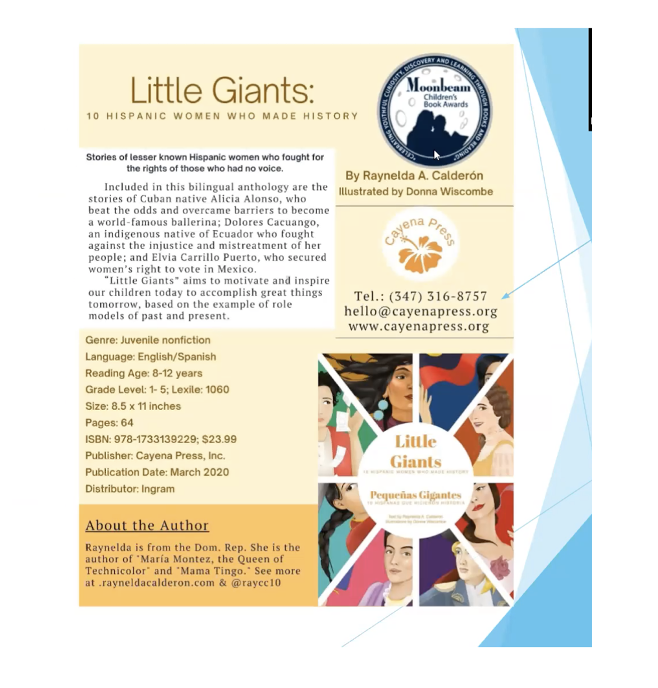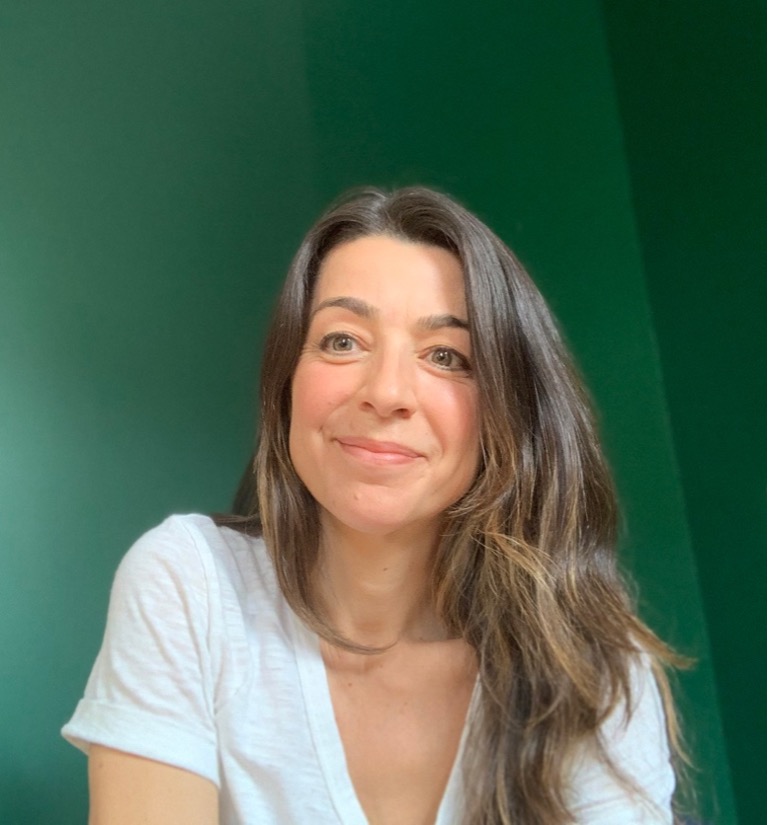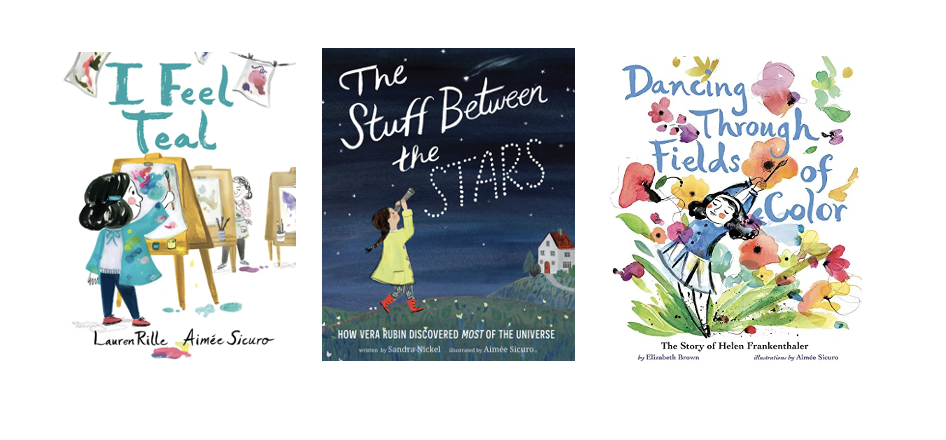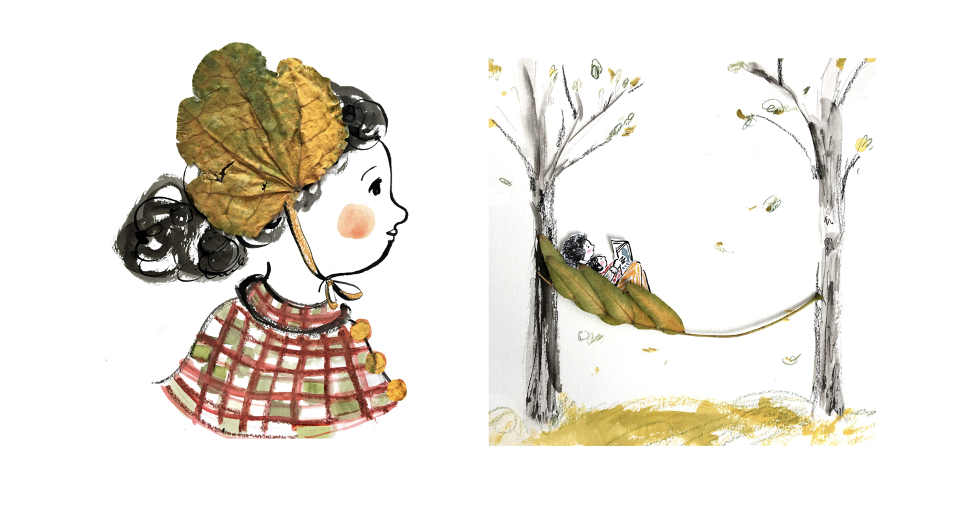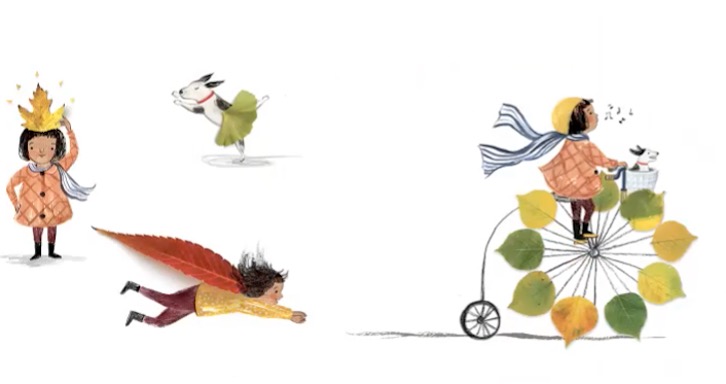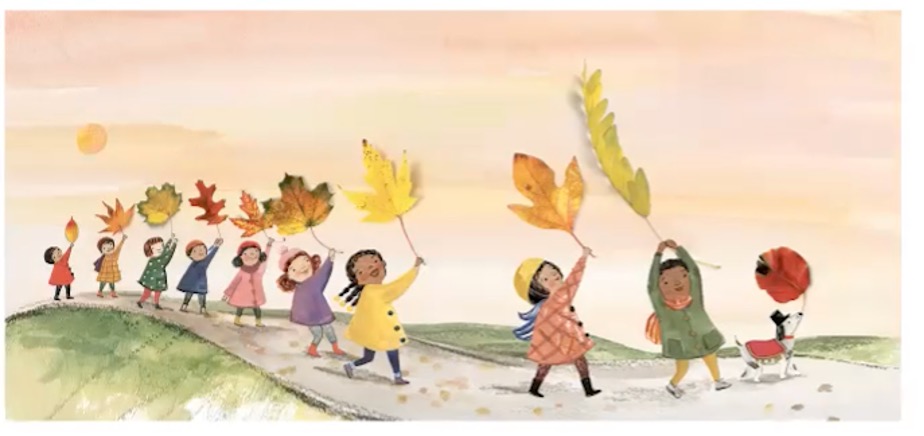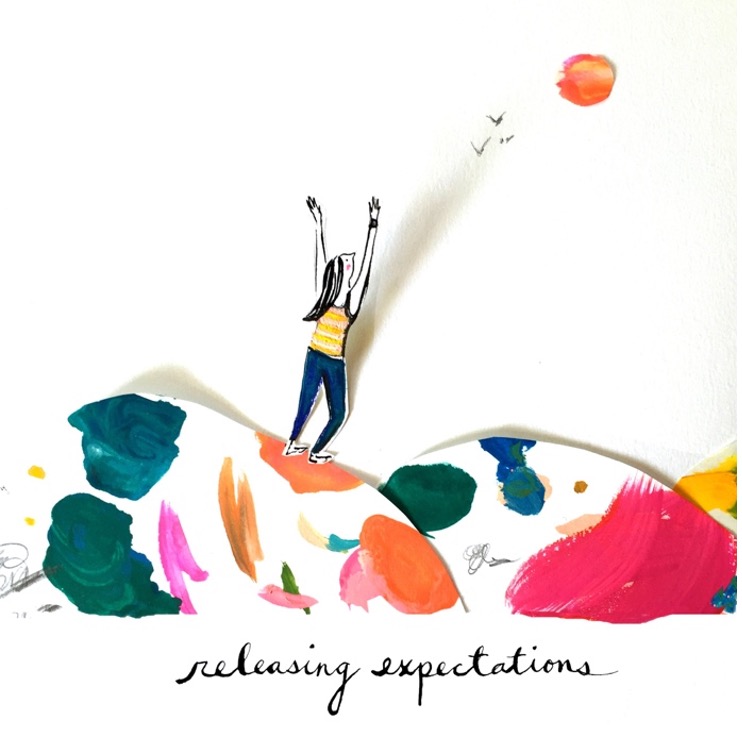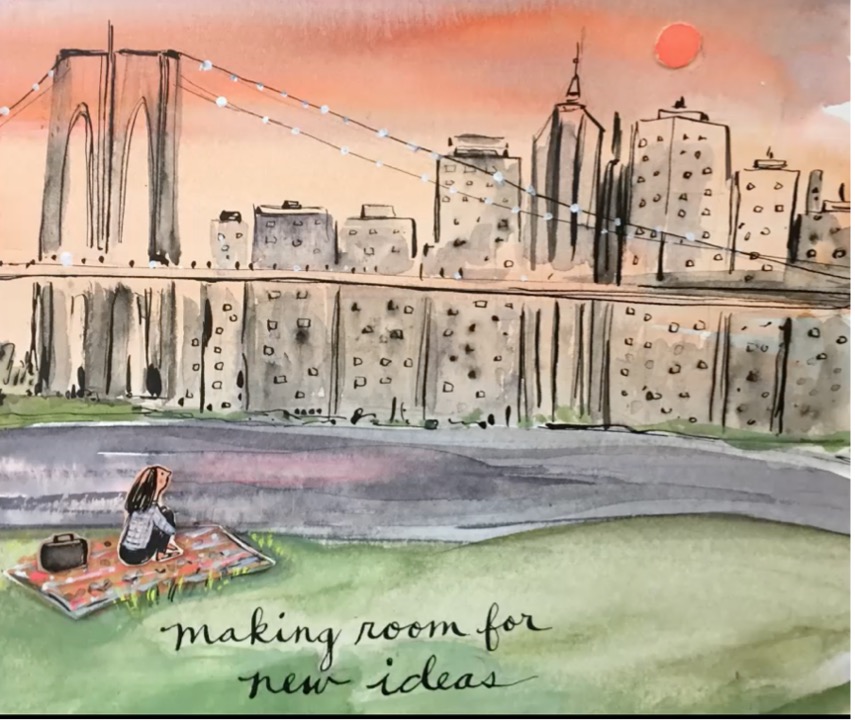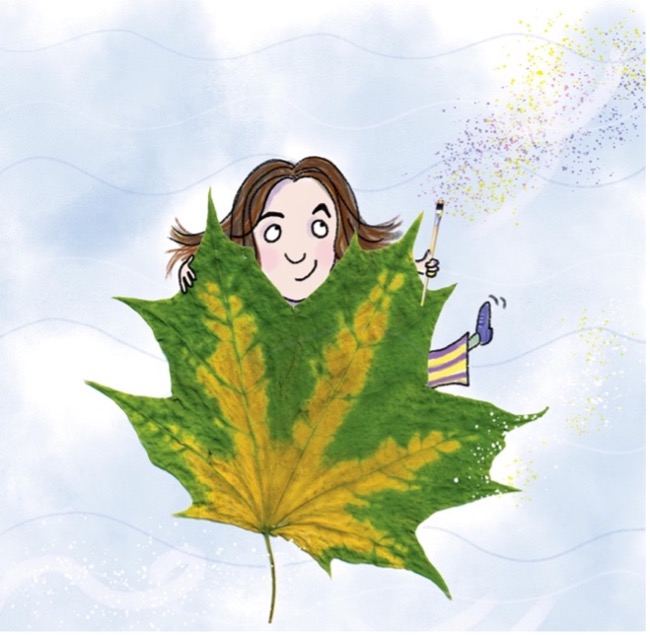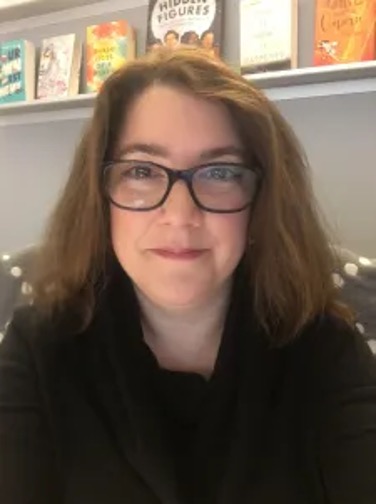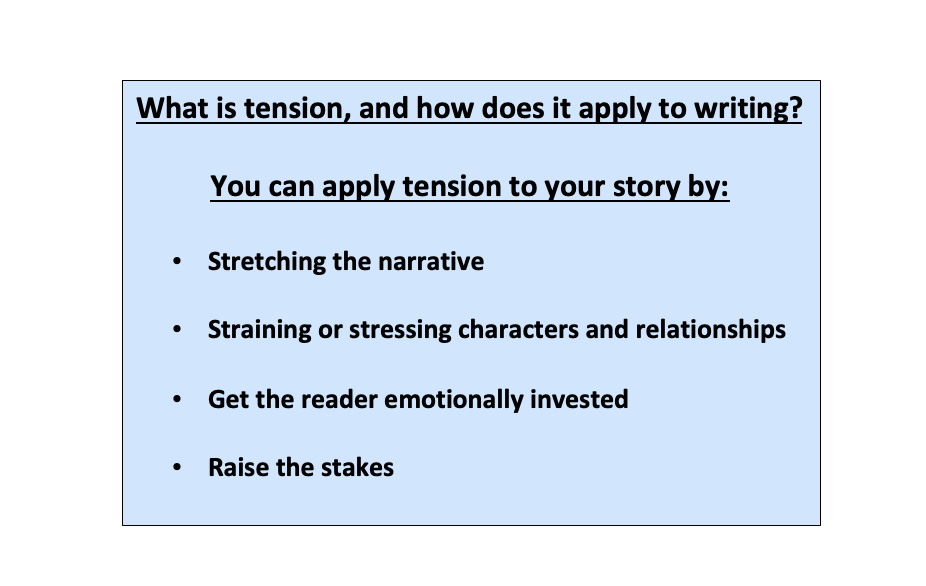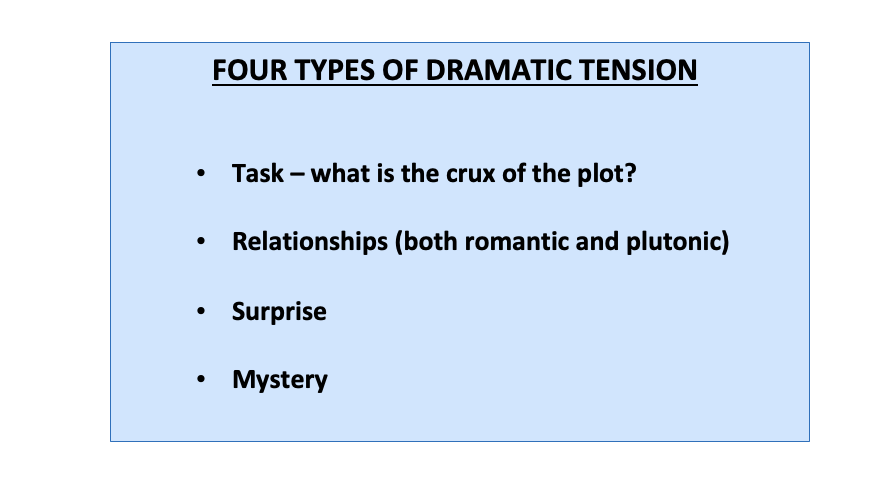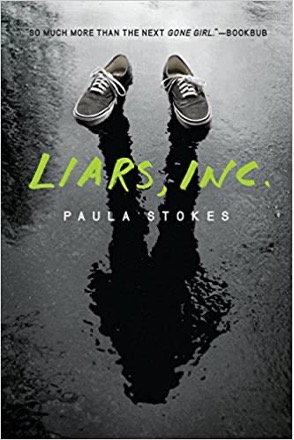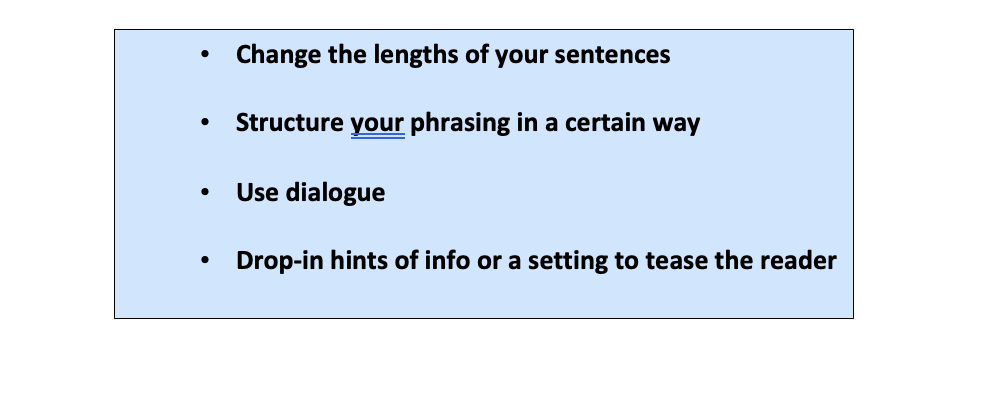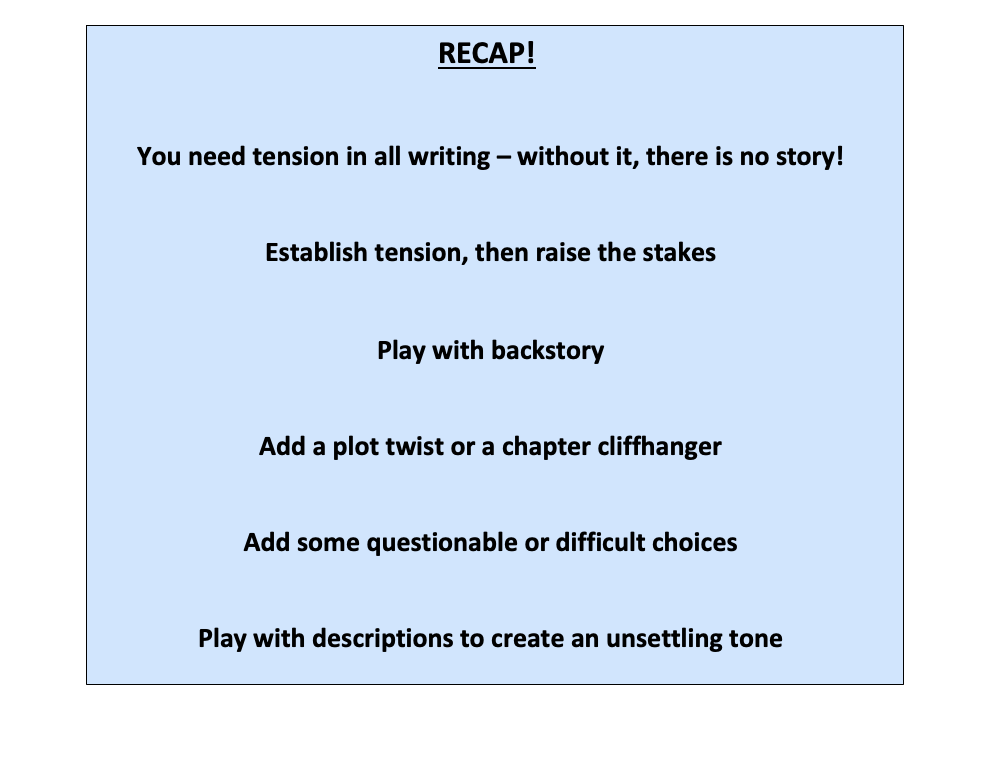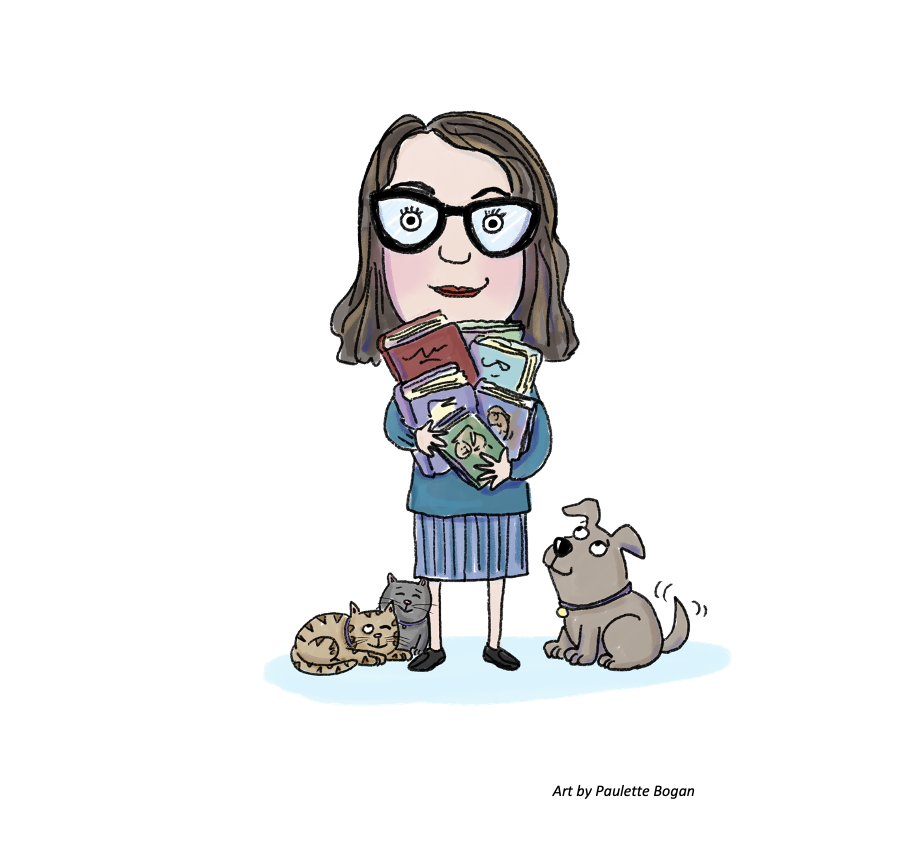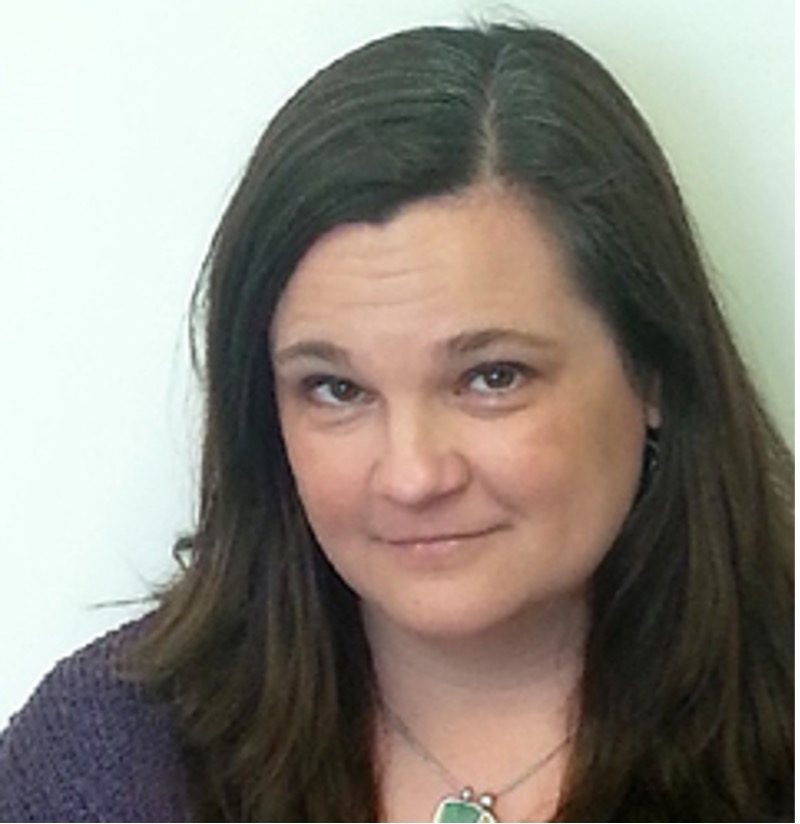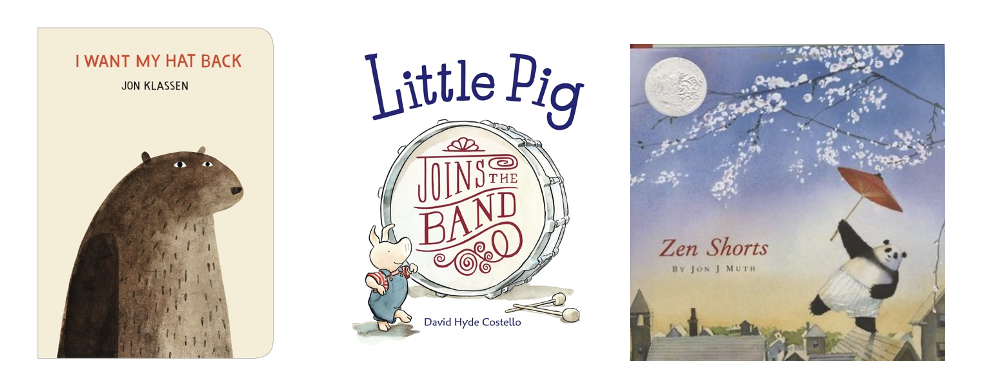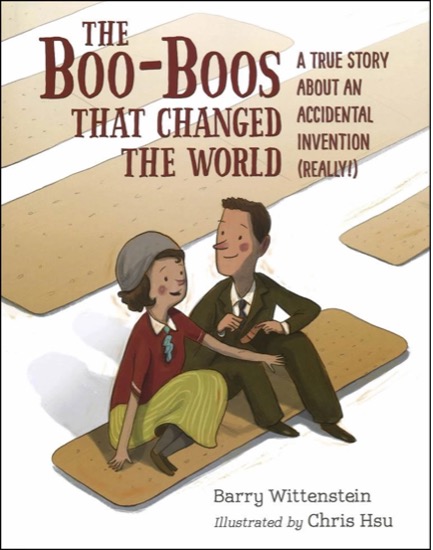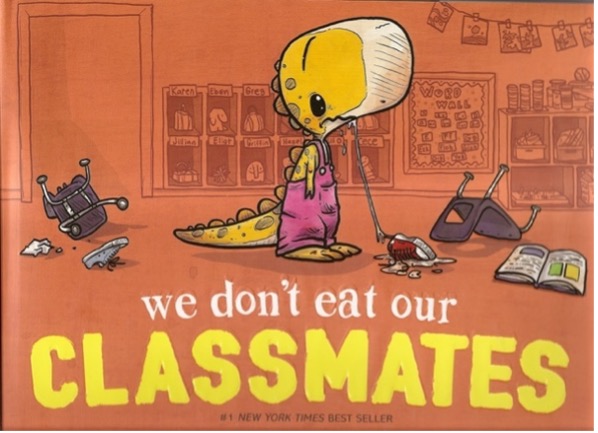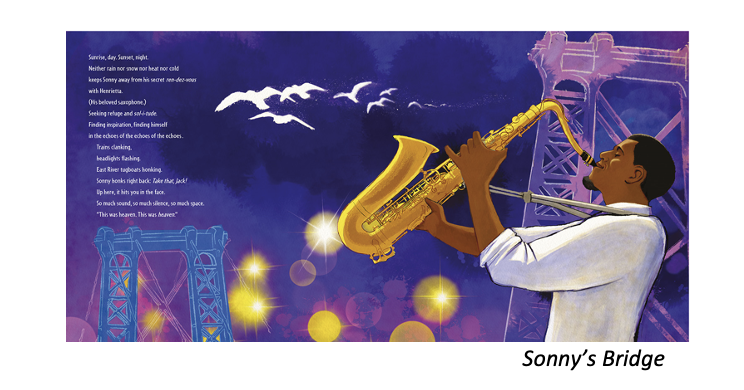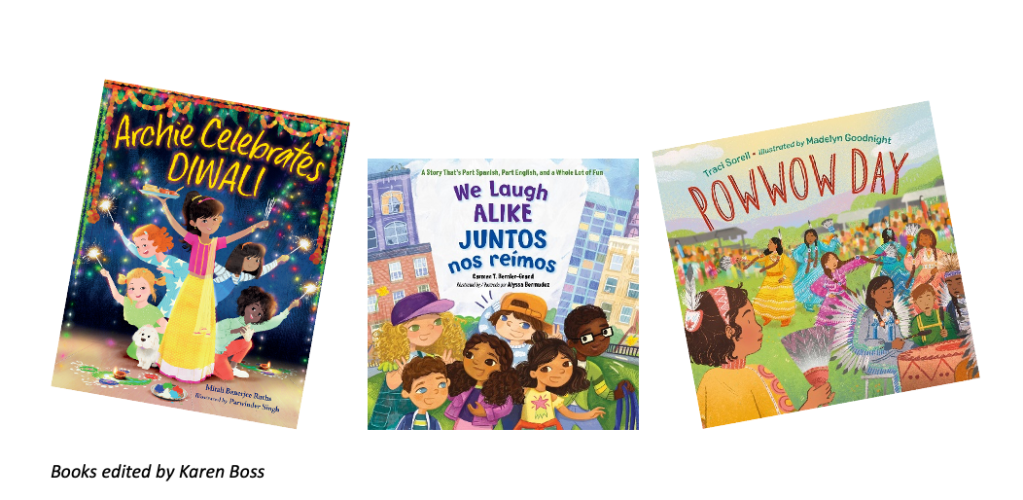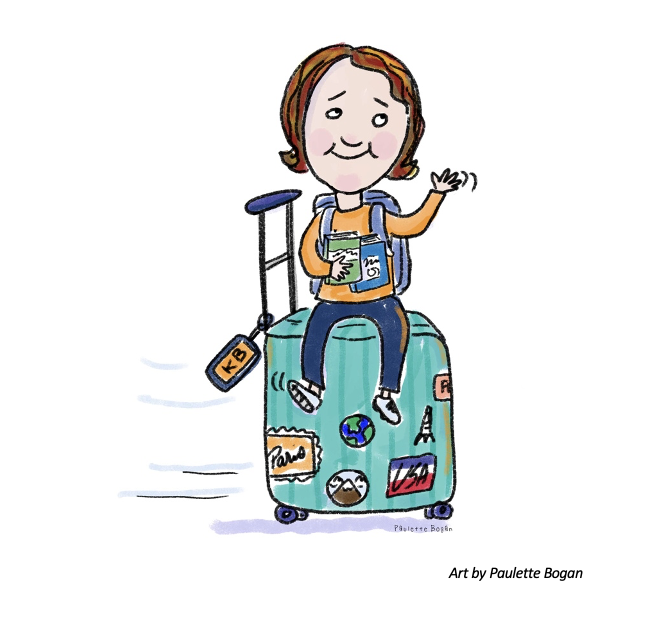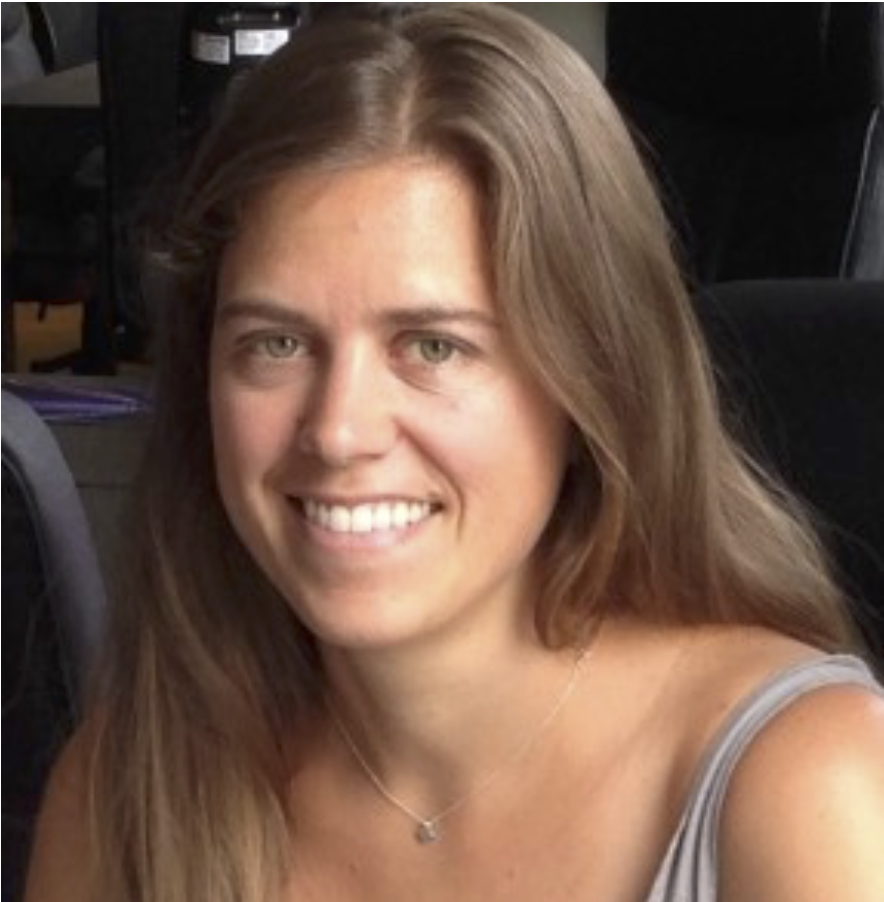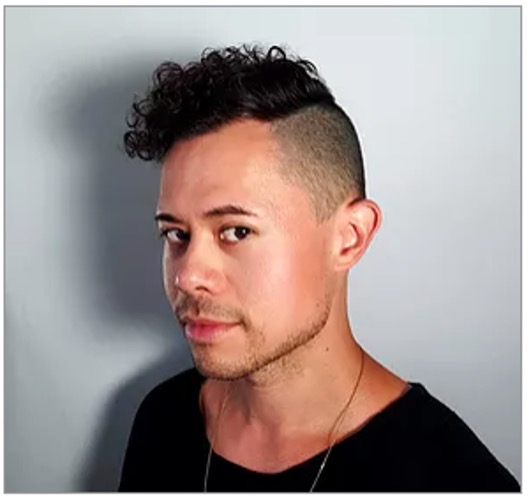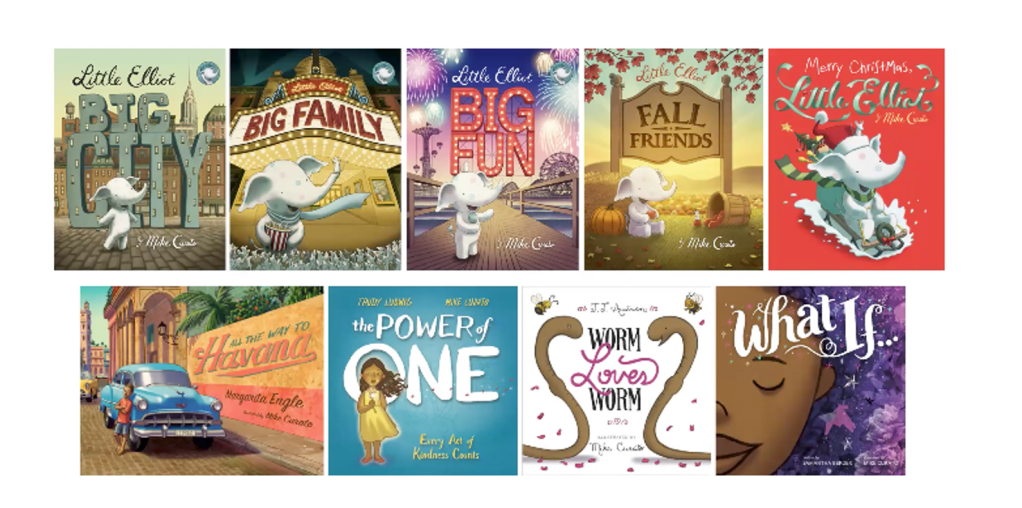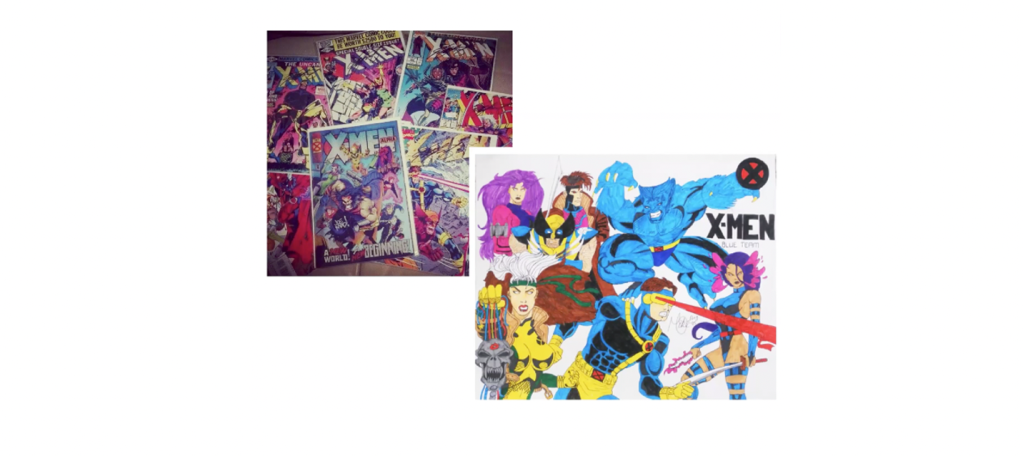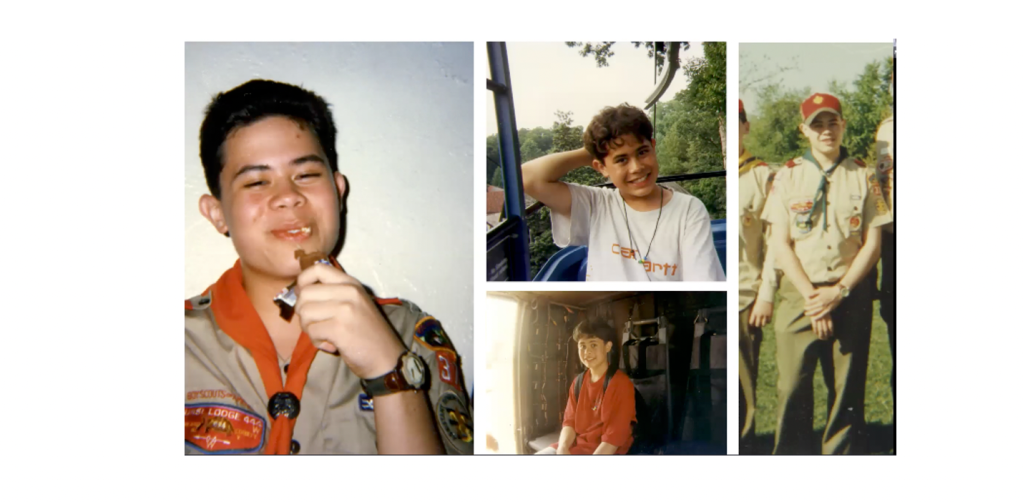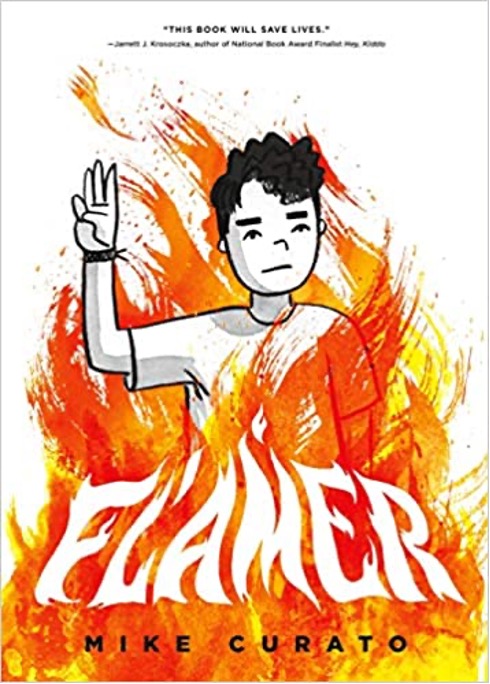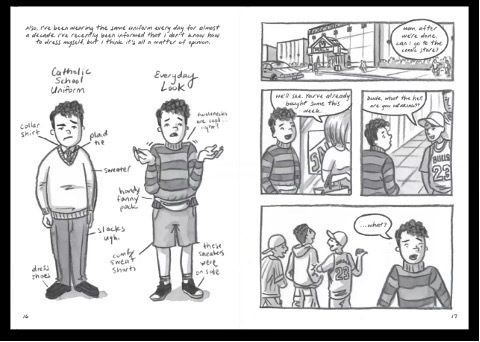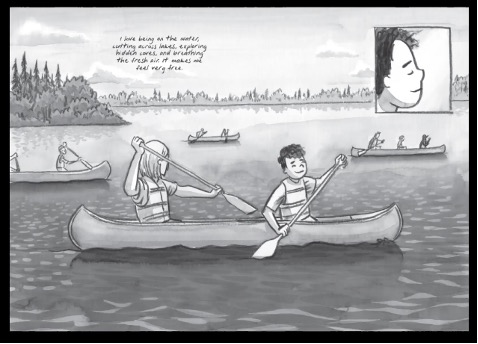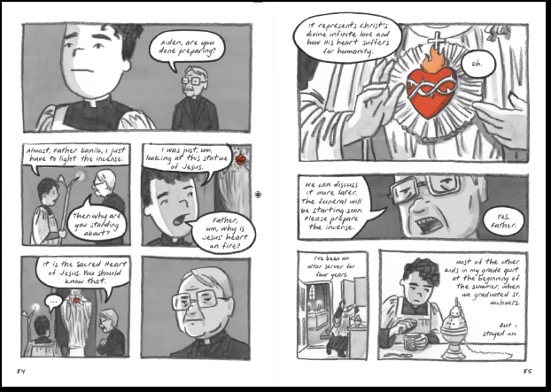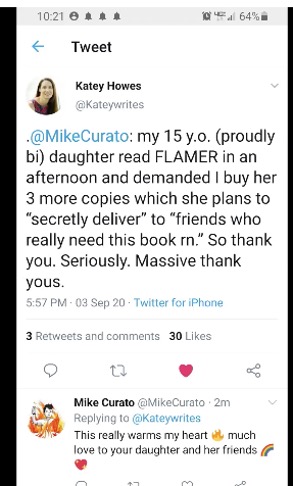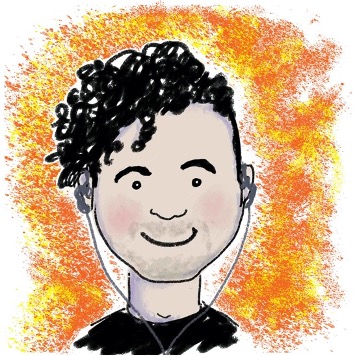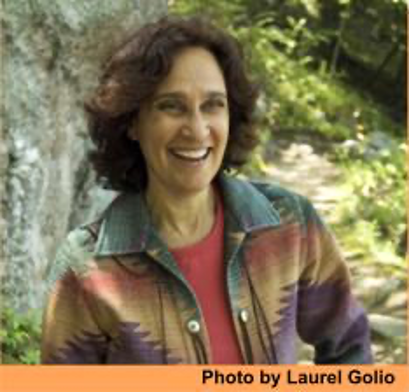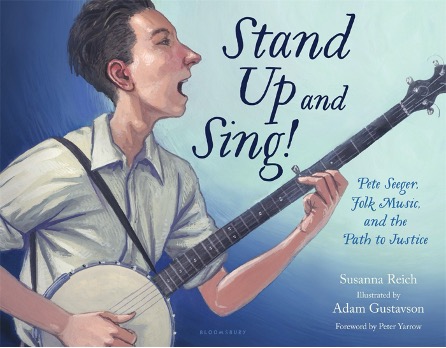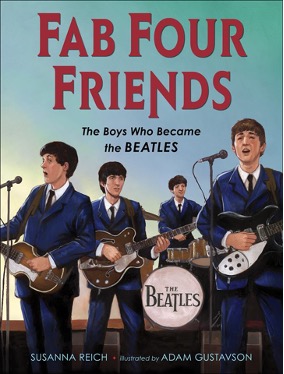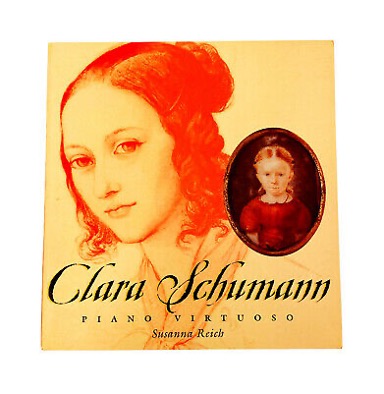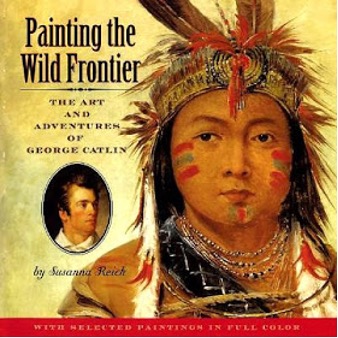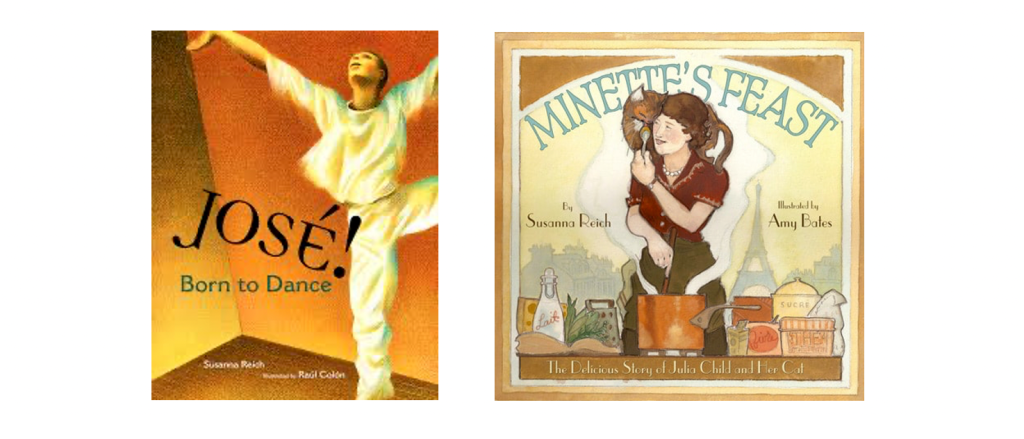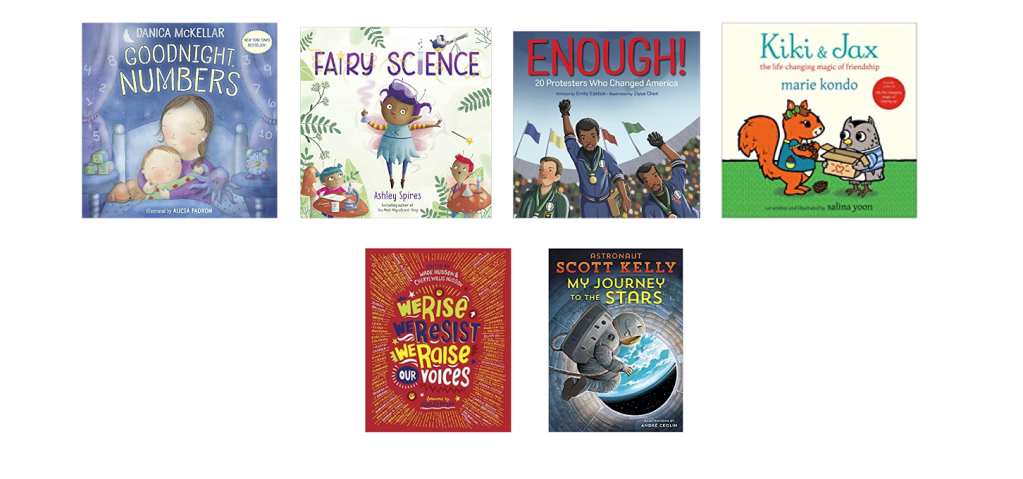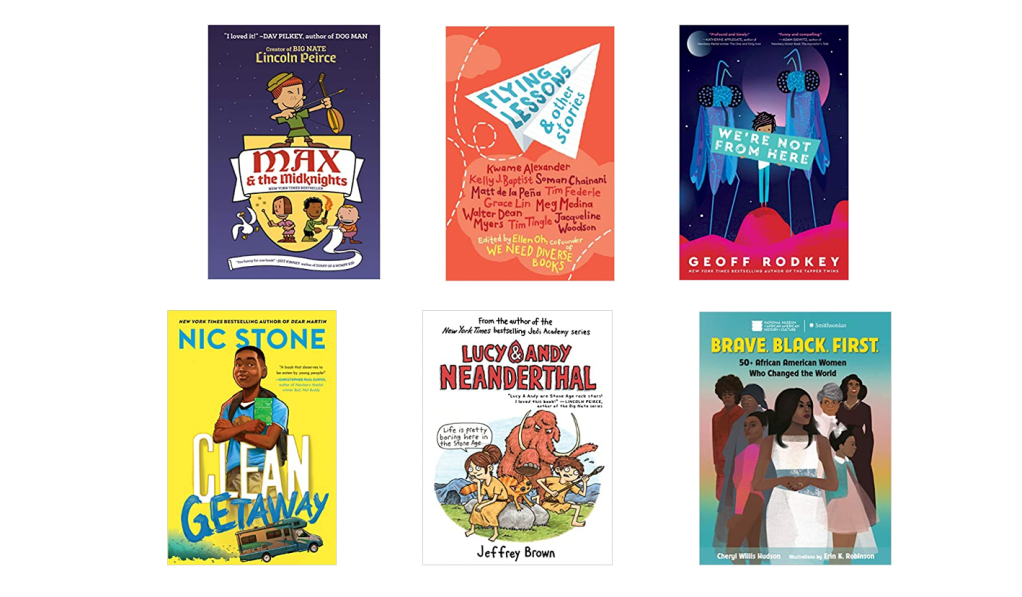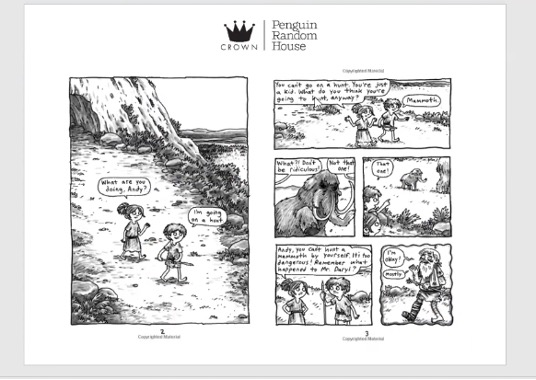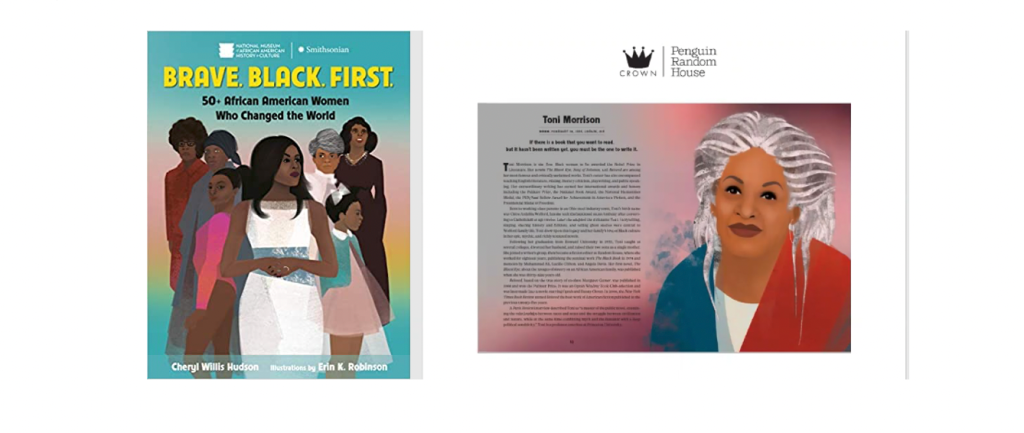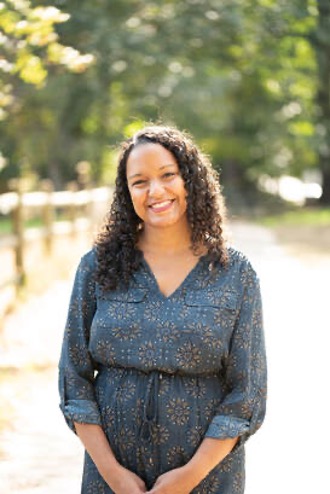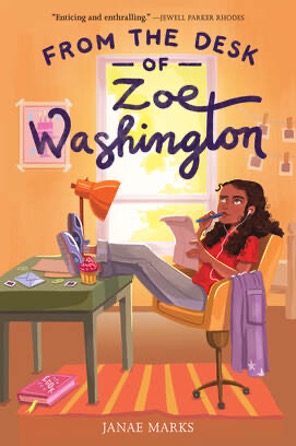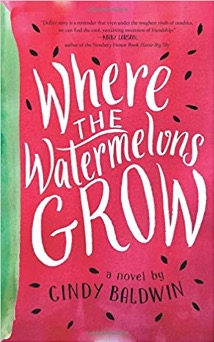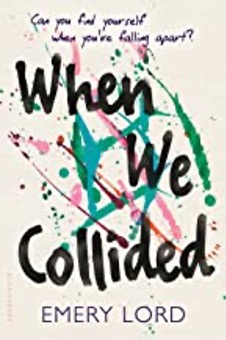Terry Catasús Jennings: So, You Want to Write a Series.
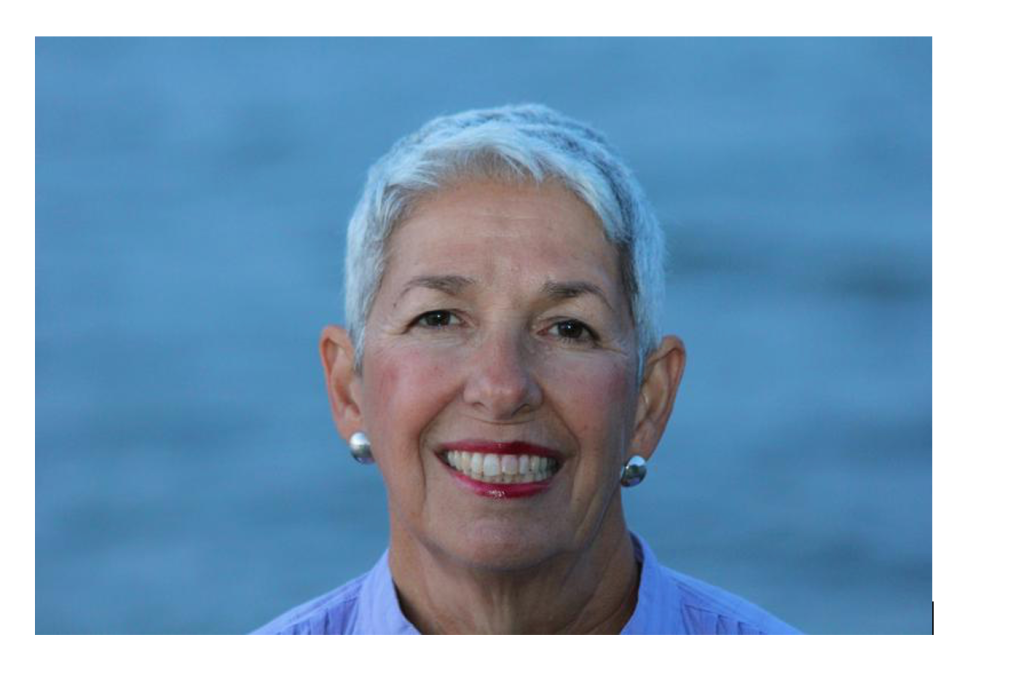
By Paulette Bogan
“What we’re talking about today is once we have a good story, what are the mechanics?” said Terry Jennings. “What do we need to do when we think we want that one story to have siblings? When we think we want that one story to become a series.”
Terry Catasús Jennings is the author of many books, including Pauli Murray, a biography written in verse, The Little House of Hope, a semi-autobiographical story of how immigrants can help each other find their footing in a new country, and the four-book series Definitely Dominguita. The Little House of Hope was recently reviewed by the New York Times.
Terry came to the United States from Cuba as a twelve-year-old. Her father had been jailed during the Bay of Pigs invasion and was freed. Terry began her new life in the United States without knowing much English. Being the only Cuban in her school, from middle school through college, Terry knows what it’s like to be the new kid on the block.
Jennings shared a wealth of information with us! She started the night by discussing the difference between Chapter Book Series and Longer Book Series.
Chapter book series are short! They come out in groups, several per year. As a group, they have a presence on the bookstore shelves.” Chapter book readers just want books,” said Jennings. “They fall in love with the character. They fall in love with the situation and want to be with them.”
According to Jennings, the children that read them are a very limited age group. And they age out. “They move onto longer book series, by golly,” said Jennings, “and they’re proud to do so.”
Longer series books are for more proficient readers. They come out about one per year or longer. Readers of longer book series are more patient.
What do Agents Want in a Series?
Highly commercial
Appropriate to an age group
Appealing to a broad audience
Strong characters and situations that lead to many books
Can the character and voice be sustained over multiple books?
Can the character and the voice be sustained in a fresh way over multiple books?
“You want to ensure every book stands on its own and is sellable,” said Jennings. “A book that is nothing but a setup is not going to make it.”
A series should have a unifying theme.
Some examples of unifying themes:
Percy Jackson –The kid who fights the gods on Mount Olympus
Charlie Hernandez and Cece Rios – Fighting Latinx boogeymen
Beep and Bop – The kid and his robot take on school in outer space
Nate the Great – Solving mysteries
Wing and Claw – Kids fighting injustice
Pride and Premeditation –Young women solving mysteries with a Jane Austen Flair
Definitely Dominguita – Outsmarting bullies and solving mysteries while pretending to be characters from the classics.
Jennings shared her TIPS and TRICKS for Writing a series.
Cheat sheets
Remind without repeating
Maintain voice
Hook/ teaser
“The publisher will often prepare a style sheet. So, everyone editing your book is singing from the same sheet of music,” said Jennings.
The Burning Question!
How do YOU submit your series to an agent?
Do you submit the idea? Do you submit the finished product? How many books do you submit? Do You write all the books and then submit them? Jennings says no!
“For a chapter book series, you should have a complete and polished book One,” said Jennings. “You should have something well developed about Book two, and you should have five or six more ideas fleshed out for the editor to choose from.”
For a longer book series, Jennings suggests you have a complete, polished Book One and a synopsis of a possible second book.
“You’re really selling that first book with serious potential to be a series,” said Jennings.
What can you do to market your book?
“For chapter books, you should expect to do most of the marketing yourself,” said Jennings.
Marketing Tips
Make teacher materials for your website and give them away on Twitter
Arc Review Groups
Paid Publicist
Get on Twitter with teachers and librarians when you start writing so that it will be
easy to talk about your book when you have it.
Follow bloggers and Instagrammers and comment.
What does her editor look for in a chapter book writer? Jennings says take this to heart.
The editor often edits one manuscript while finalizing the art and final pass pages on the other and thinking of the concepts for the next book. Speed and flexibility are important, but also understanding that it’s a lot to get the series launched and out the door, especially in the beginning.
Jennings left us with this last bit of advice. “You can learn a lot by reading other people’s books. What did they do right? What makes you turn that page?”
You can learn more about Terry Catasús Jennings at http://www.terrycjennings.com
Twitter: @terrycjennings.com
Paulette Bogan is the author and or illustrator of over a dozen books for young readers, including Bossy Flossy, Virgil & Owen, and Virgil & Owen Stick Together. Her book, Lulu the Big Little Chick, was awarded the CBC Children’s Choice Book Award 2010. See her work at www.paulettebogan.com and Instagram: paulettebogan123
